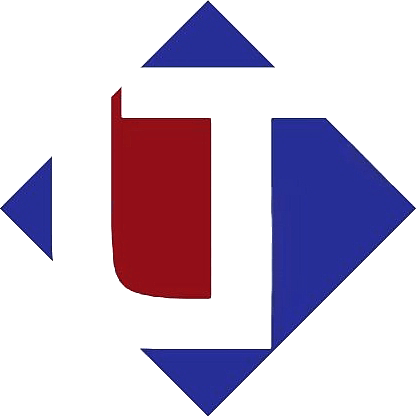When choosing a busbar machine, consider the following factors:
Production capacity: Choose a machine that can meet your production needs.
Material compatibility: Ensure that the machine is compatible with the type of material you want to process.
Bend radius: Choose a machine that can bend the material to the desired radius.
Control systems: Check that the machine has a control system that is easy to use and meets your needs.
Power source: Ensure that the machine is compatible with your power source.
Dimensions and weight: Make sure the machine fits in your workspace and can be easily moved if necessary.
Price: Consider your budget when choosing a busbar machine.
Brand reputation: Choose a brand with a good reputation for quality and reliability.
After-sales service: Check that the manufacturer provides good after-sales service, including warranty and technical support.
Here are a few more things to consider when choosing a busbar machine:
Safety features: Look for safety features such as emergency stop buttons and overload protection.
Precision: Consider the accuracy and precision of the machine for your specific application.
Maintenance requirements: Ensure that the machine is easy to maintain and that replacement parts are readily available.
Software compatibility: If you plan to use computer-aided design (CAD) software with the machine, check that it is compatible with your software.
Customization options: Some machines can be customized to meet specific requirements. Check if this is possible and if the cost is reasonable.
Certifications: Check that the machine has the necessary certifications and conforms to industry standards.
Lead time: Consider the lead time for the machine and make sure it meets your timeline.
It is advisable to research and compare different models and brands, read reviews and product specifications, and if possible, arrange to test the machine before making a final decision.
additional factors to consider when choosing a busbar machine:
Energy efficiency: Consider the energy efficiency of the machine, as it can have an impact on operating costs.
Noise level: Make sure the machine operates at a noise level that is acceptable for your workplace.
Operator training: Check if the manufacturer provides operator training and if it is included in the purchase price.
Space requirements: Consider the size and space requirements of the machine and make sure it will fit in your workspace.
Environmental considerations: Some machines may have an environmental impact, such as emissions or waste generation. Consider if the machine meets your environmental standards.
Scalability: If your production needs are expected to grow, choose a machine that can be scaled up or expanded in the future.
Warranty: Consider the warranty offered by the manufacturer and check what it covers and for how long.
Delivery and installation: Make sure the manufacturer provides delivery and installation services and if there are any additional costs.
It is recommended to consider all these factors and prioritize the ones that are most important for your specific needs, to make the best decision for your business.
A few more points to keep in mind while choosing a busbar machine:
Flexibility: Choose a machine that is flexible and can handle multiple types of busbar materials and shapes.
Quality of output: Check the quality of the output produced by the machine, including the surface finish and accuracy.
User-friendliness: Ensure that the machine is user-friendly, with an intuitive interface and ease of use.
Ease of maintenance: Check if the machine is easy to maintain, with easy access to critical components for cleaning and maintenance.
Serviceability: Consider the availability of service technicians and repair parts, in case of machine breakdown.
Integration with other equipment: If you have other machinery or equipment in your workshop, make sure the busbar machine can be easily integrated with them.
Future upgrades: Check if the machine can be upgraded in the future to keep up with changing technology and production needs.
Cost of ownership: Consider the total cost of ownership, including the purchase price, operating costs, maintenance costs, and energy costs.
By considering all these factors, you can make an informed decision and choose a busbar machine that meets your specific needs and budget.
Additional points to consider while choosing a busbar machine:
Availability of spare parts: Make sure that spare parts are readily available and can be easily obtained if needed.
Ease of transportation: Consider the ease of transportation if you need to move the machine from one location to another.
Compatibility with existing machinery: If you have other machinery in your workshop, check that the busbar machine is compatible with it and can be integrated easily.
Environmental impact: Some busbar machines may produce emissions or generate waste. Consider the environmental impact of the machine and choose one that meets your environmental standards.
Operator comfort: Consider operator comforts, such as the ergonomics of the controls, the height of the machine, and the ease of operation.
Training and support: Consider the availability of training and support from the manufacturer or a local service provider.
Up-to-date technology: Check that the machine has the latest technology and features, to ensure it meets your current and future needs.
Ease of storage: Consider the ease of storage, especially if you have limited workshop space.
By considering these points, you can choose a busbar machine that is best suited to your needs, budget, and workspace.
